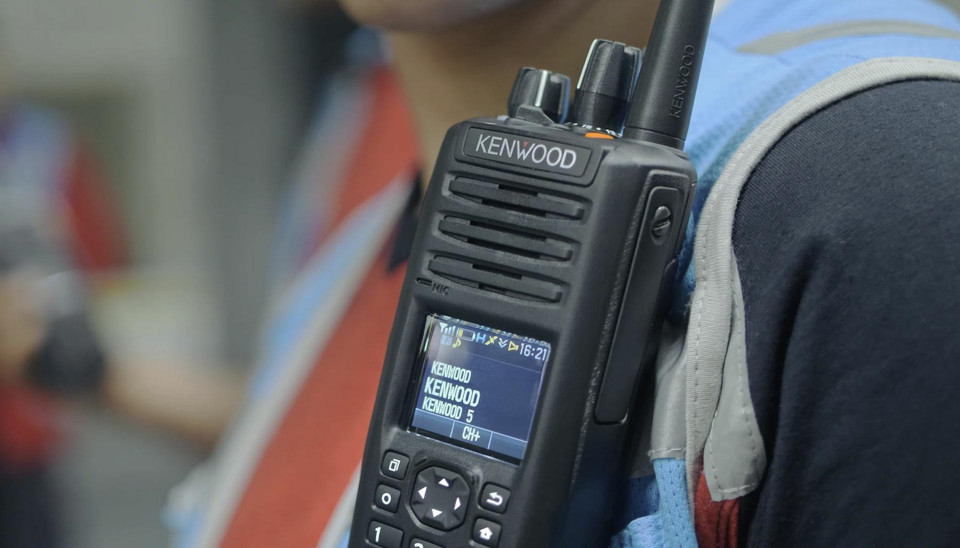The Basics of Leisure Two Way Radios

The two way radio is a device that is a transmitter and a receiver in one. It is primarily used for two way directional voice communication. A broadcast receiver only sends out the content being broadcast, but a two way radio is an audio transceiver that both transmits and receives radio waves. Its transmitter and receiver are connected in a circuit and transmit a radio message through a particular frequency. The tuner allows the receiver to receive the message from one point to another without a delay.
Radios typically transmit with an ultra high frequency (UHF). A UHF band is best suited for a variety of environments, where its banded frequencies allow it to penetrate walls and other structures. The UHF band also allows for a wider range of available channels than other frequencies. Its longer wave span means that users are less likely to experience interference from other two way radios.
What are the uses of these radios?
A two way radio is a great choice for professional communication. This device will allow you to communicate with friends, families, and colleagues in remote locations. The two way radio can be used anywhere, but it is mainly designed for professional use. The best models are built to withstand extreme conditions as the remote locations you will be using them in places like mountains and forests. With this in mind, it is also good to know that they are also highly durable and lightweight. Regardless of what type of two way radio you choose, you'll enjoy a lifetime of reliable service.
What are the types of radio?
The two way radios are made with safety and reliability in mind. A good two way radio can communicate with another system using radio standards. The level of this ability depends upon whether the radio is digital or analogue. A two way radio may be classified as amateur or professional.
Digital
Allowing for clearer voice transmission, digital radios maintain their coverage area and clarity. This is because digital radios are better for staying clear and strong even at the end of the coverage area. However, digital leisure two way radios are more costly than analogue ones. This is due to the more intricate digital features installed in them. More often than not, digital radios won't just be able to play clear transmissions, but they can also do other things such as connecting to other devices via Bluetooth. Digital radios are commonly purchased more for business uses. This is because this type of radio has a wider range of uses and so businesses that operate in remote locations will find great use in this. It is also of great use in busy surroundings such as hospitals where multiple channels will be used with multiple people trying to speak to one another at the same time.
Analogue
Analogue broadcasts operate in an old fashioned way, using frequency modulation which can cause voices to sound muffled or unclear at times because they're not as sharp as consumers would want them to be. Some amateur radio operators use radio frequencies to communicate. In some locations, a license is necessary for using these devices. Amateur operators sometimes ignore this and operate without a license and therefore are operating illegally. If you plan to use this device for business or personal purposes in your area, you should seek a radio license first to avoid fines.
Analogue can be used for business or for personal purposes. More often than not though, you will find that it is used for personal purposes. Those who do need two way radios in the workplace can use an analogue device to talk to other workers, but if a business is using an analogue device they cannot have as busy channels as the hospital would have.
Despite their simplicity, two way radios are a versatile option. They are useful for communication needs in various scenarios. Unlike mobile phones, these radios do not require a SIM card or phone signal to function. Because of this, they are a great option for larger businesses. They are also a great choice for workplaces such as schools and more complex radios are widely used by the likes of emergency services. These more powerful versions can be installed on desks or attached to personnel and are often more powerful than the standard version.
Resources:
Toy Two Way Radios - American Preparatory Schools
Two Way Radios for Nightclubs - Azure DevOps
Two Way Radios for Restaurants - Klusster
Bar Two Way Radios - Mighty Networks
Catering Two Way Radios - Portfolium